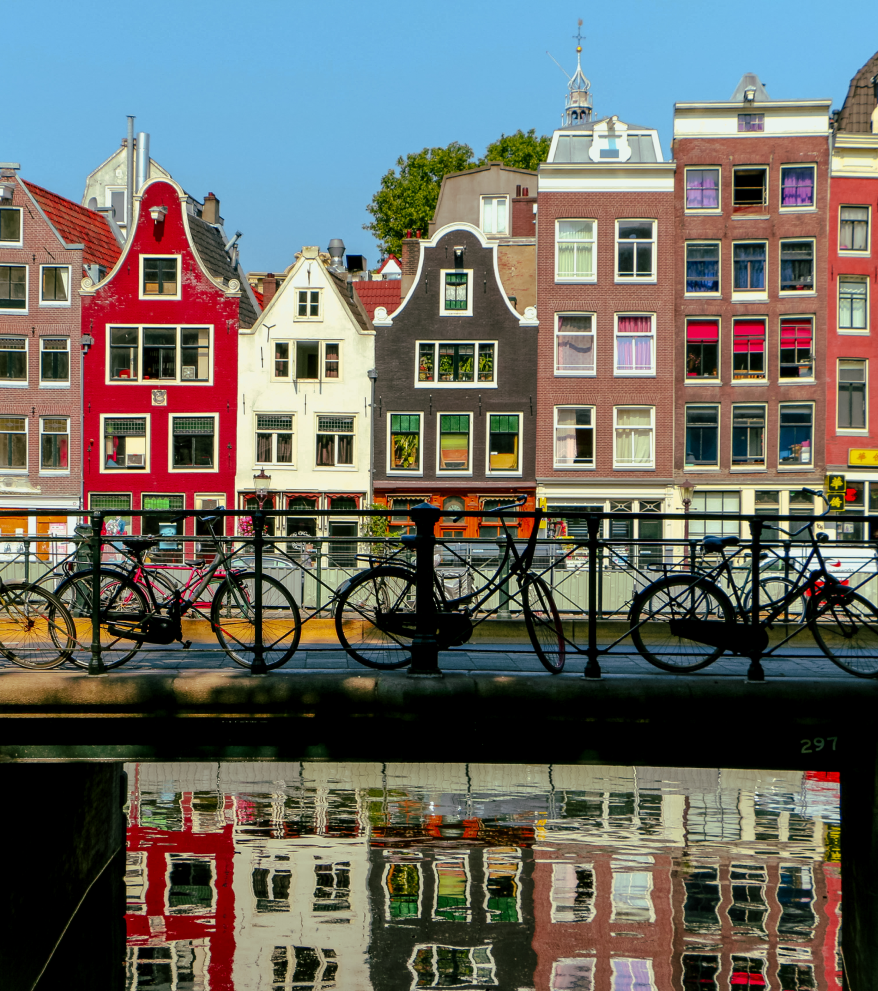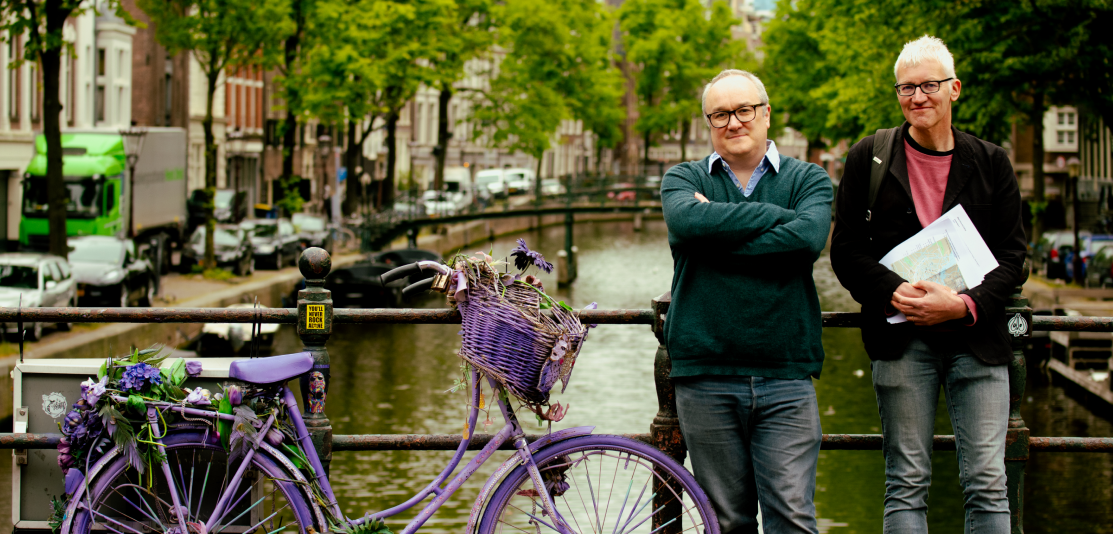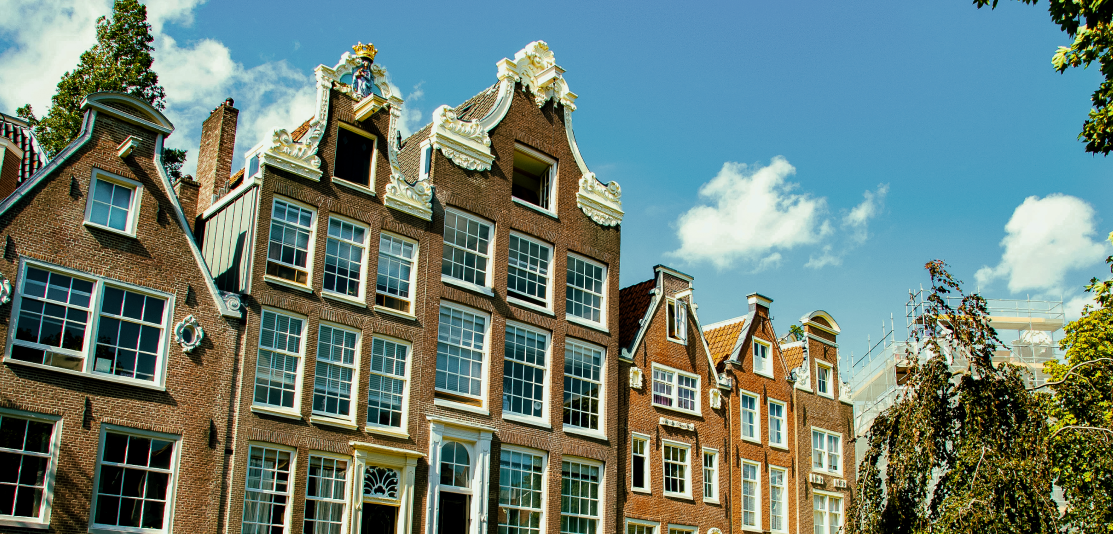Afternoon
So you’re high on…history, full of herring and have a strong desire to live like a Dutch capitalist in the nation’s golden age. Good. We ride.
Pre-Golden Age, Amsterdam was a smaller place. Building was banned beyond the old city, but the city’s riches brought more and more people to the city.
Three great ring canals were constructed: the Herengracht, Prinsengracht and Keizersgracht. Rembrandt may have deliberately ignored the area in his paintings, but you shouldn’t make the same mistake.
Each canal is worth a walk, and together they are on the UNESCO World Heritage List, but the Herengracht is considered the most important. A 17th century Dubai, the Herengracht was a roaring construction site, full of new money and ambition - albeit fewer influencers.
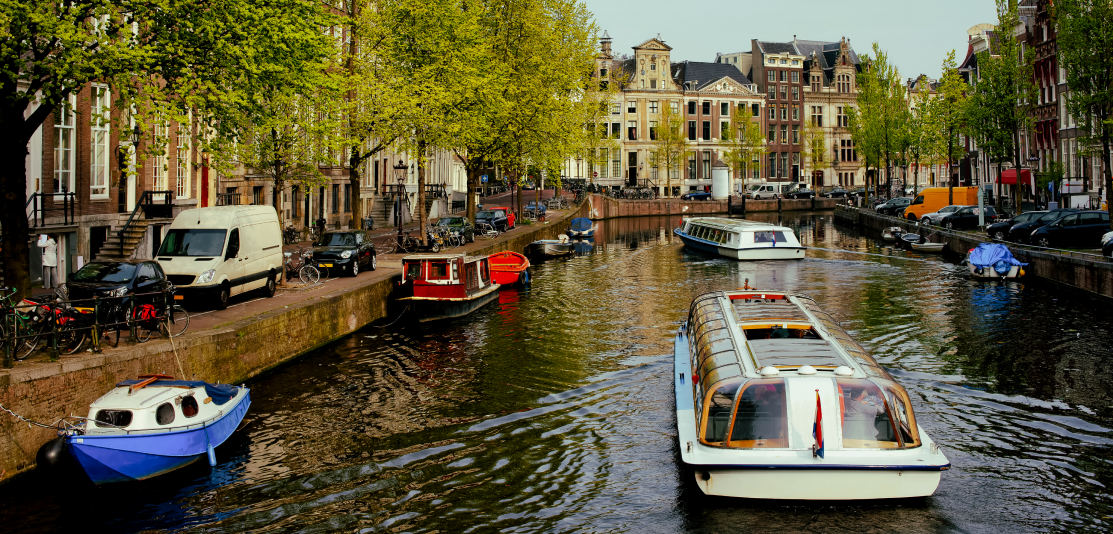
The Huis van der Graeff is especially grand and noteworthy, home to the family that ran Amsterdam as a republican form of government during the Golden Age. Look up to see the family emblem: a swan and shovel. Peer further along the houses’ roofs and you’ll see hoist beams, a marker of how houses operated as both warehouses and domestic spaces.
For a true sense of the period, visit The Willet-Holthuysen House. Inside, you get a sense of both the opulence and strict cleanliness that marked a period of dizzying wealth. Many of its rooms are kept as they would have been during the 17th century - though some, regrettably, have been updated to the rather modern 18th century.
The Willet-Holthuysen House
Address: Herengracht 605, 1001 AC Amsterdam
Opening time: 10:00 - 17:00 daily
Cost: €12.50, children free
What to know:
Unfortunately the museum is not yet accessible for wheelchair users, though plans are underway to fix this.
All good things come to an end, and that includes the Dutch Golden Age - but not, yet, our tour.
We walk now to Dam Square and the Town Hall, once one of the country’s - and likely the world’s - largest buildings, supported by 13,659 pieces of Scandinavian timber (thanks, Tom). Built during the Golden Age, the Hall represented civic virtue and wealth - something both egalitarian and splendid.
However, the Golden Age began to fade. The British Empire overtook the Dutch, and soon Napoleon was on the march. Initially welcomed by the Dutch populace, Napoleon eventually appointed his brother, Louis, as monarch. Louis turned the Town Hall into the Royal Palace, though was soon forced to abdicate by his brother.
Today, the building remains the Royal Palace and used by humble King Willem-Alexander for official events. Remarkably, the King piloted KLM flights for nearly two decades and was rarely recognised. The Palace is open to visitors. Inside, art and sculptures depict a world centred around Amsterdam, as it was in the 17th century.
The Royal Palace
Address:
Nieuwezijds Voorburgwal 147, 1012 RJ Amsterdam
Opening times:
10:00 - 18:00, shut Wednesdays
Cost:
€12.50, children free
What to know:
At the rear of the building is a six-metre-tall statue of Atlas holding the globe - nobody said the 17th Dutch were subtle.
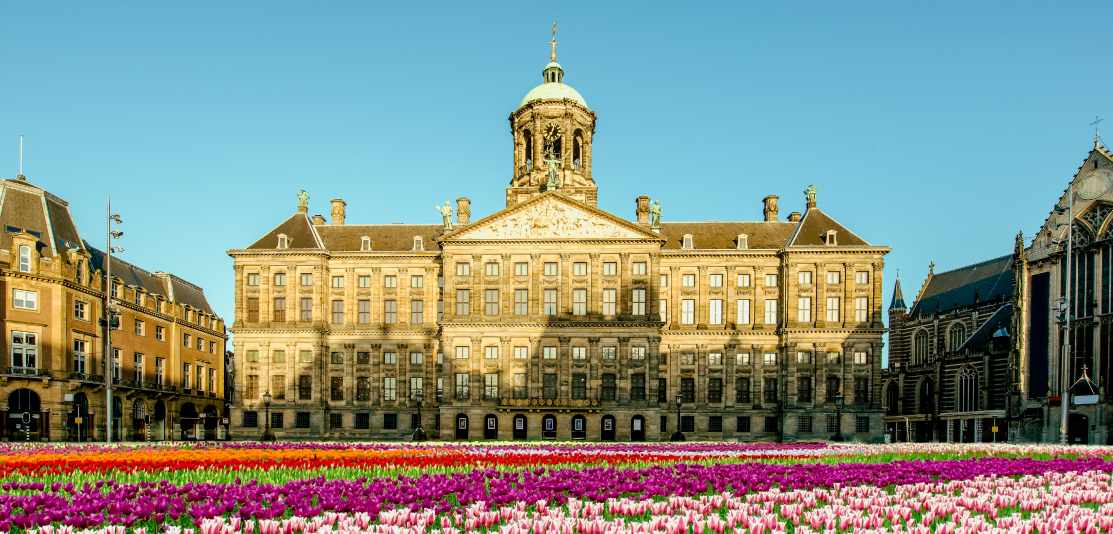
So, we wave goodbye to the riches of the Golden Age. But we should mark its passing properly - we should shop.
If you really want to follow in the footsteps of Tom and Dominic, then head to 100% Holland, a gift shop. We hear they sell stroopwafels - and clogs, lots and lots of clogs. Locals are more likely to head to De Bijkenkorf, an iconic department store. Stop there for a coffee, to see you through the end of the tour and into the evening.
De Bijenkorf
Address:
Dam 1, 1012 JS Amsterdam, Netherlands
Opening times:
10:00 - 21:00 daily, opens 11:00 Mondays and shuts 20:00 Sundays
Amsterdam remained a liberal place. Here you could say things that were silenced elsewhere, and think thoughts other cities would deem unthinkable.
The city also allowed greater freedom of worship than elsewhere in Europe. This led to the growth of a strong Jewish community, founded on an influx of Sephardic Jews who had been expelled from Spain and then Portugal.
Visit the Jewish Cultural Quarter. There, the standout building is the Portuguese Synagogue, built in 1675. Huge by contemporary standards, the synagogue was built to model Solomon’s Temple, using proportions given in the Bible. The synagogue is still lit and heated by hundreds of candles, as it was when first built.
The Portuguese Synagogue
Address:
Mr. Visserplein 3, 1011 RD Amsterdam
Opening times:
10:00 - 17:00 (subject to change, check site)
Cost:
€17.00, children €5-8.00
What to know:
Tickets also include entry to the Jewish Museum.
Germany declared war on the Netherlands on 9th May, 1940. By 15th May, the Netherlands was subject to Nazi occupation.
Germany declared war on the Netherlands on 9th May, 1940. By 15th May, the Netherlands was subject to Nazi occupation.
Pre-war, Amsterdam operated a rigorous bureaucracy that registered each of the city’s residents. For the Nazis, this made persecution straightforward: they knew who was Jewish, and where they lived, while local ID cards were especially hard to forge.
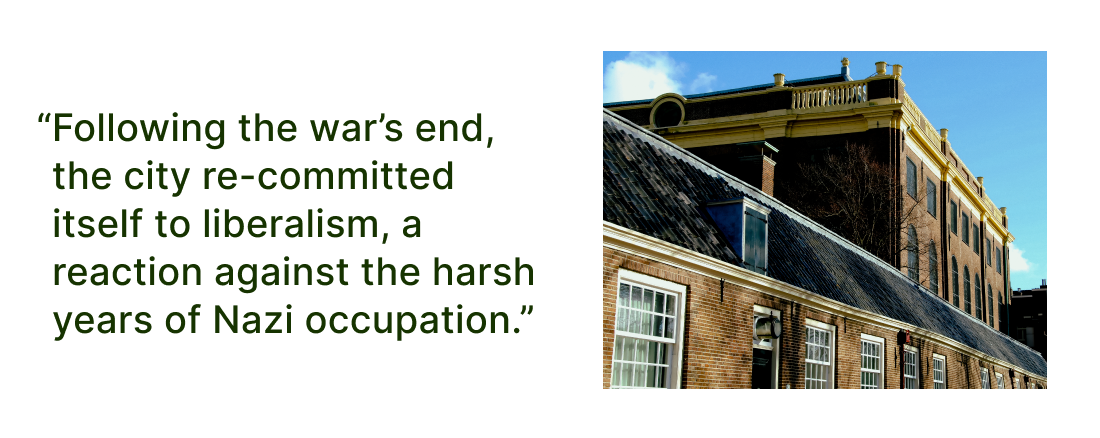
By 1945, 58,000 of the city’s 80,000 Jews had been murdered.
Although the Cultural Quarter’s National Holocaust Museum is shut until early 2024, the Holocaust’s devastation can be felt throughout the area. Next to the Portuguese Synagogue stands a statue of a dockworker, commemorating an ultimately tragic general strike by the city’s unions in 1941 protesting the Jewish community’s persecution.
The Anne Frank Museum is not in the Quarter, reflecting how Jews had prospered in Amsterdam pre-war and settled across the city, and it demands its own visit.
Amsterdam endured a terrible war. The winter of 1944-45 is now remembered as the Hongerwinter in the Netherlands, with Amsterdam and its surrounding regions facing the worst of the famine. Following the war’s end, the city re-committed itself to liberalism, a reaction against the harsh years of Nazi occupation.
